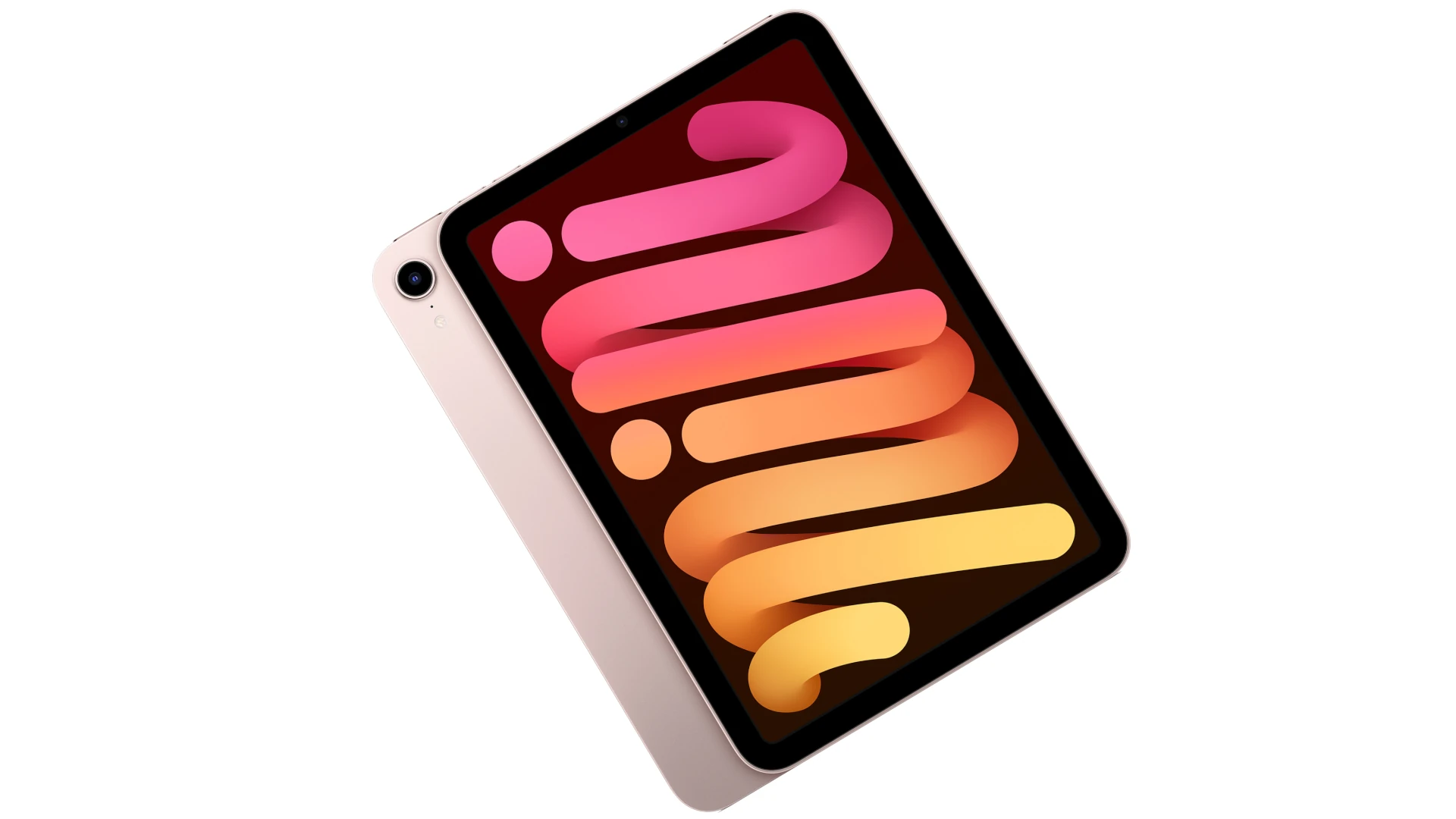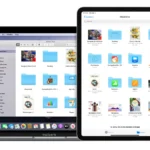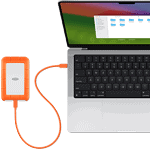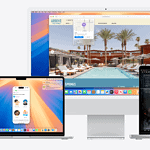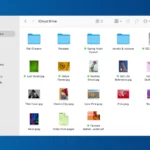Apple’s iPad has changed the way we use computers since 2010. It’s a tablet that lets you do many things like browse the web, watch videos, and work on documents. Over the years, Apple has made many different iPad models with new features and better performance. Each new iPad generation brings improvements in speed, display quality, and battery life.
The iPad family now includes several types. There’s the regular iPad, iPad mini, iPad Air, and iPad Pro. Each one is made for different needs and budgets. Some iPads work with special pens called Apple Pencils for drawing and writing. Others have powerful chips that can handle tasks like video editing.
From a relatively modest start to its current state-of-the-art models, the iPad has come a long way. Whether you’re a student, a creative professional, or simply someone who enjoys using technology, there’s an iPad that’s perfect for you.
iPad: A Legacy of Innovation
Since its debut in 2010, the iPad has revolutionized the way we interact with technology. Over the years, Apple has consistently pushed the boundaries of innovation, releasing new generations of iPads that boast improved performance, enhanced features, and stunning designs.
iPad (2010-Present)
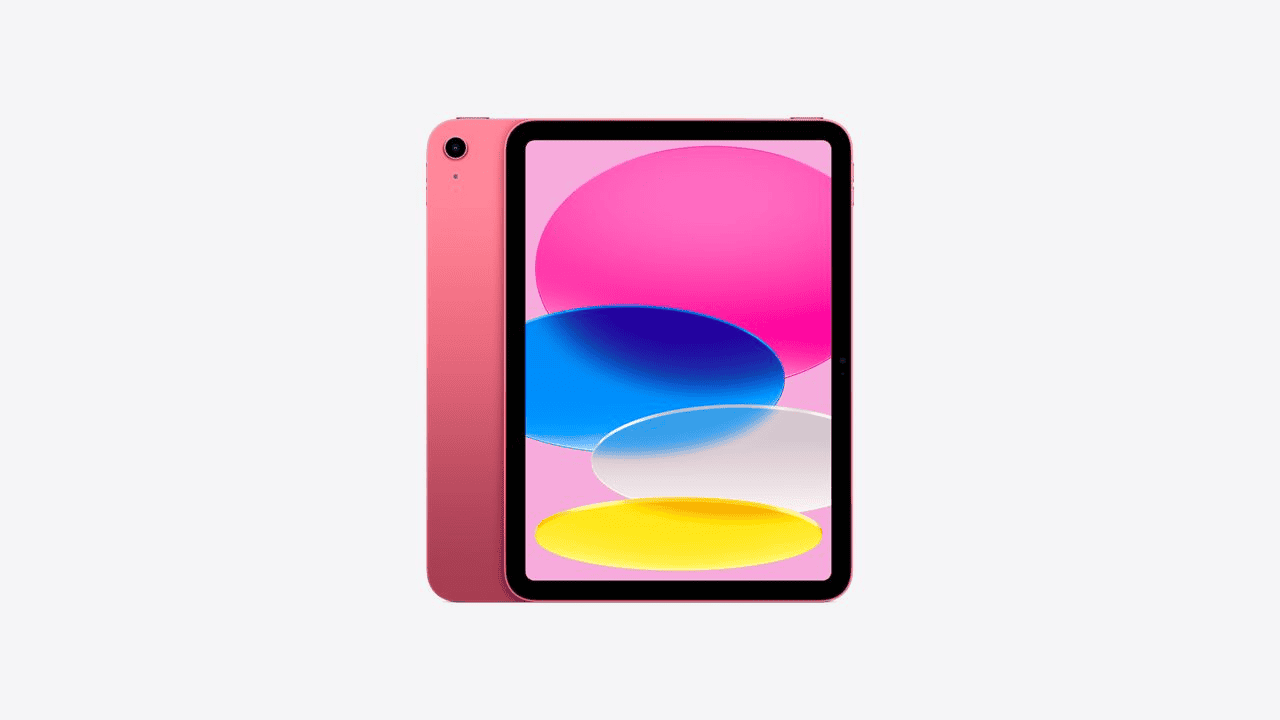
The first iPad, simply called “iPad,” marked the beginning of a new era in mobile computing. It featured a 9.7-inch display, a 1GHz Apple A4 chip, and up to 64GB of storage. Subsequent generations brought faster processors, improved cameras, and support for the Apple Pencil. The most recent iPad model is the iPad (2022) 10th Generation, but Apple is expected to be releasing an iPad (2024) 11th generation in October.
iPad Air (2013-Present)

The iPad Air, introduced in 2013, offered a thinner and lighter alternative to the standard iPad. It incorporated the powerful A7 chip and later iterations adopted the A8X, A9X, A12 Bionic, and M1 chips. The latest iPad Air, released in May 2024, features the M2 chip, a landscape front camera, and support for Apple Pencil Pro.
iPad Mini (2012-Present)
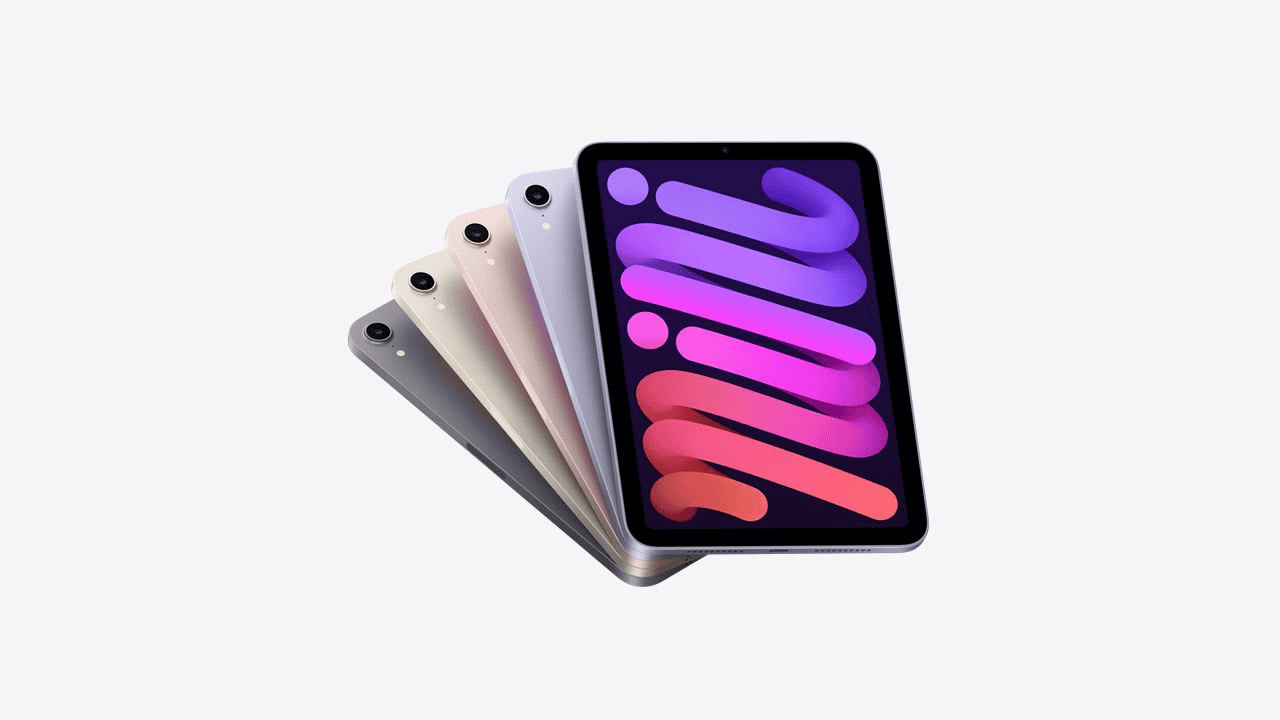
Compact and portable, the iPad Mini quickly gained popularity for its 7.9-inch display and powerful performance. Over the years, it has seen upgrades in processors, cameras, and display technology. The latest iPad Mini (7th Generation) boasts the A17 Pro chip, a USB-C port, and support for 5G connectivity. Apple released the iPad Mini 7 on October 23, 2024.
iPad Pro (2015-Present)
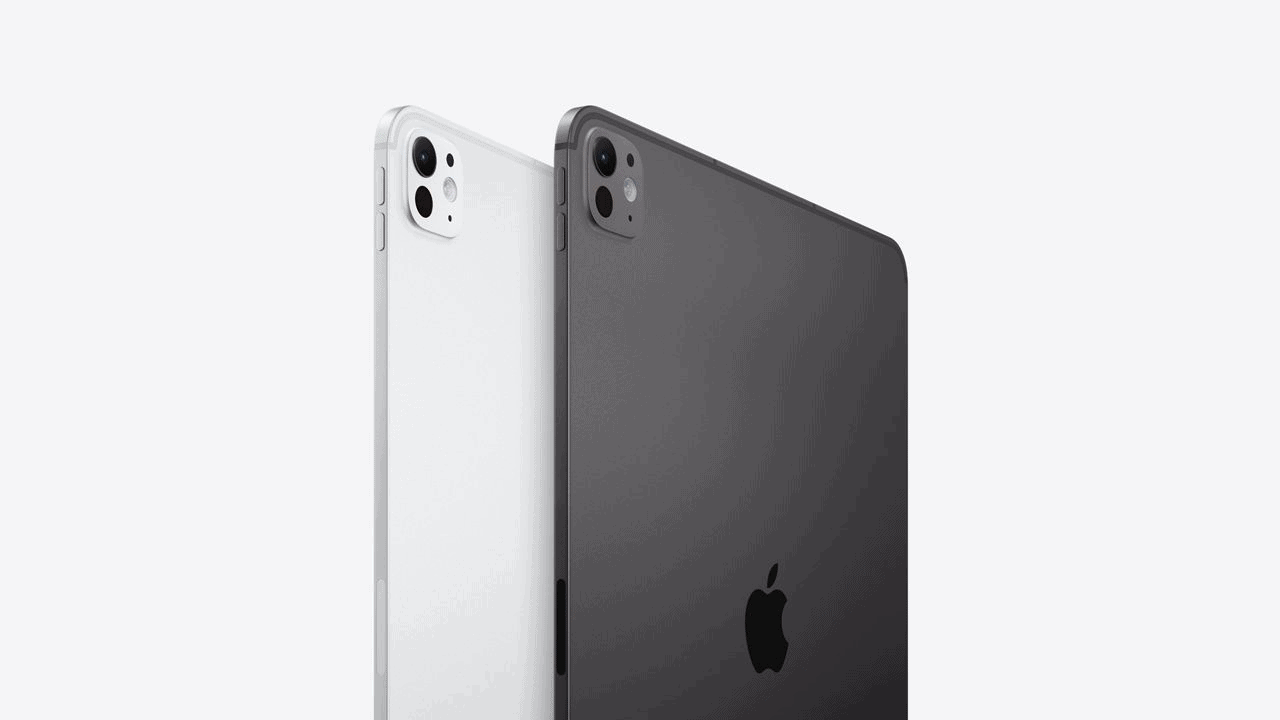
The iPad Pro, launched in 2015, is Apple’s flagship tablet, designed for professionals and power users. It features a larger display, enhanced performance, and support for advanced accessories like the Magic Keyboard and Apple Pencil 2. The latest iPad Pro, released in May 2024, is powered by the M4 chip and features an Ultra Retina XDR display.
iPad Generations Comparison Table
| Generation | Release Year | Key Features |
|---|---|---|
| iPad (1st generation) | 2010 | 9.7-inch display, Apple A4 chip, up to 64GB storage |
| iPad 2 | 2011 | Dual-core A5 chip, front and rear cameras |
| iPad (3rd generation) | 2012 | Retina display, A5X chip, 5MP rear camera |
| iPad (4th generation) | 2012 | A6X chip, Lightning connector |
| iPad Air (1st generation) | 2013 | A7 chip, thinner and lighter design |
| iPad Air 2 | 2014 | A8X chip, Touch ID, anti-reflective coating |
| iPad Mini (1st generation) | 2012 | 7.9-inch display, A5 chip |
| iPad Mini 2 | 2013 | Retina display, A7 chip |
| iPad Mini 3 | 2014 | Touch ID, gold color option |
| iPad Mini 4 | 2015 | A8 chip, thinner and lighter design |
| iPad Pro (1st generation) | 2015 | 12.9-inch display, A9X chip, Smart Connector |
| iPad Pro (2nd generation) | 2017 | 10.5-inch and 12.9-inch models, A10X Fusion chip |
| iPad (5th generation) | 2017 | A9 chip, support for Apple Pencil |
| iPad (6th generation) | 2018 | A10 Fusion chip, support for Apple Pencil |
| iPad Pro (3rd generation) | 2018 | 11-inch and 12.9-inch models, A12X Bionic chip, Face ID |
| iPad Air (3rd generation) | 2019 | 10.5-inch display, A12 Bionic chip |
| iPad Mini (5th generation) | 2019 | A12 Bionic chip, support for Apple Pencil |
| iPad (7th generation) | 2019 | 10.2-inch display, A10 Fusion chip |
| iPad Pro (4th generation) | 2020 | LiDAR Scanner, A12Z Bionic chip |
| iPad Air (4th generation) | 2020 | 10.9-inch display, A14 Bionic chip, USB-C port |
| iPad (8th generation) | 2020 | A12 Bionic chip |
| iPad Pro (5th generation) | 2021 | M1 chip, Thunderbolt port, 5G support |
| iPad Mini (6th generation) | 2021 | 8.3-inch display, A15 Bionic chip, USB-C port |
| iPad (9th generation) | 2021 | A13 Bionic chip, Center Stage |
| iPad Air (5th generation) | 2022 | M1 chip, 5G support, Center Stage |
| iPad Pro (6th generation) | 2022 | M2 chip, hover functionality for Apple Pencil |
| iPad (10th generation) | 2022 | 10.9-inch display, A14 Bionic chip, USB-C port |
| iPad Air (6th generation) | 2024 | M2 chip, landscape front camera, Apple Pencil Pro support |
| iPad Pro (7th generation) | 2024 | M4 chip, Ultra Retina XDR display |
| iPad Mini (7th generation) | 2024 | A17 Pro Bionic Chip, Apple Intelligence |
Key Takeaways
- iPads have evolved from basic tablets to powerful computing devices
- Different iPad models cater to various user needs and price points
- New iPad generations often bring faster processors and improved displays
Evolution of iPad Generations
The iPad has changed a lot since it came out in 2010. Apple has made many new models with better parts and features. Let’s look at how the iPad grew from its early days to the powerful tablets we have now.
First Steps and Early Models
Apple launched the first iPad in 2010. It had a 9.7-inch screen and ran on the A4 chip. People loved it because it was easy to use and fun. In 2011 the iPad 2 came out. It was thinner faster and had cameras. The next year Apple made the third iPad. It had a better screen called Retina display.
The fourth iPad came in late 2012. It had a new chip called A6X. This made it work even faster. Apple kept making the iPad better each year. They added things like Touch ID to unlock the iPad with a fingerprint.
Advancements in Technology
As time went on iPads got stronger chips. The A7 chip in 2013 made iPads much faster. Then came the A8 A8X and A9 chips. Each new chip let iPads do more. The screens got better too. They showed colors more clearly.
Apple also made the iPads work with the Apple Pencil. This let people draw and write on the screen. The cameras got better so people could take nice photos and videos. Wi-Fi and cell connections got faster too. This meant people could download things quicker.
iPad Mini and iPad Air Series
In 2012 Apple made a smaller iPad called the iPad mini. It had a 7.9-inch screen. This was good for people who wanted a tablet they could carry easily. The iPad mini got new versions over the years. Each one was faster and better than the last.
Apple also made the iPad Air in 2013. It was thin and light but had a big 9.7-inch screen. The iPad Air 2 came next. It was even thinner and had a better chip. Both the mini and Air kept getting updates. They got faster chips better screens and new features.
The iPad Pro Leap
In 2015 Apple made the iPad Pro. It was bigger and more powerful than other iPads. The first iPad Pro had a 12.9-inch screen. Later Apple made an 11-inch version too. These iPads were for people who needed to do big tasks like video editing or drawing.
The iPad Pro got very fast chips like the M1 and M2. These were as strong as some computer chips. The Pro also worked with a special keyboard and the Apple Pencil. This made it more like a laptop. The iPad Pro showed that tablets could do many of the same jobs as computers.
Design and User Experience
iPads have changed a lot over the years. They now have better screens, faster chips, and more ways to connect. These changes make iPads nicer to use and more powerful.
Screen Technology and Display
iPad screens have gotten much better. The first iPads had simple screens. Now, many iPads use Retina displays. These screens show very clear images. The newest iPads have Liquid Retina displays. These are even better than Retina displays.
Screen sizes have grown too. The first iPad had a 9.7-inch screen. Now you can get iPads with screens up to 12.9 inches. Bigger screens are good for watching videos or doing work.
Some new iPads use Face ID to unlock. This is faster than the old Touch ID system. Face ID uses the front camera to scan your face.
Processing Power and Storage
iPads have gotten much faster over time. New iPads use A-series chips like the A13, A14, and A15. These chips are very powerful. They let you do hard tasks like editing videos or playing games.
Storage has also grown. The first iPad only had 16GB of space. Now you can get iPads with up to 2TB of storage. This is great for people who need to store lots of files, photos, or videos.
The new chips also help with AR (augmented reality). AR lets you see digital things in the real world through your iPad’s camera.
Connectivity and Expansion
iPads now have more ways to connect. Older iPads used Lightning ports. Many new iPads use USB-C ports. USB-C lets you connect more things to your iPad.
Wi-Fi on iPads has gotten faster too. New iPads support Wi-Fi 6. This gives you faster internet speeds. Some iPads also have 5G. This lets you get fast internet when you’re not at home.
iPads work with more add-ons now. You can use the Apple Pencil to draw or write. There are also keyboards like the Smart Keyboard and Magic Keyboard. These turn your iPad into something like a laptop.
FAQs
How Many iPad Generations Are There?
There have been 10 Generations of the iPad, 7 Generations of the iPad Pro, 7 Generations of the iPad Mini, and 6 Generations of the iPad Air for a total of 30 total generations of iPads.
How many Base iPad generations are there?
There have been 10 generations of the base iPad model, also known as the iPad (Standard).
When did the iPad come out?
The first iPad was released in 2010.
What is the latest iPad generation?
The latest iPad generation is the 10th generation, released in 2022.
What generation is the newest iPad?
The newest iPad is the 10th generation iPad, released in 2022.
What iPad generation are we on?
Currently, we are on the 10th generation of the base iPad model.
List of iPad generations in order
The iPad generations in order of release are: iPad (1st generation), iPad 2, iPad (3rd generation), iPad (4th generation), iPad (5th generation), iPad (6th generation), iPad (7th generation), iPad (8th generation), iPad (9th generation), and iPad (10th generation).
How many iPad Pro generations are there?
As of August 2024, there have been 7 generations of the iPad Pro.
How many iPad Air generations are there?
There have been 6 generations of the iPad Air released so far.
What is the iPad Mini screen size?
The current iPad Mini (7th generation) has an 8.3-inch Liquid Retina display
When is the iPad 11th generation release date?
There has been no official announcement or confirmed release date for an 11th generation iPad yet, but it’s expected to be released in October, 2024.

